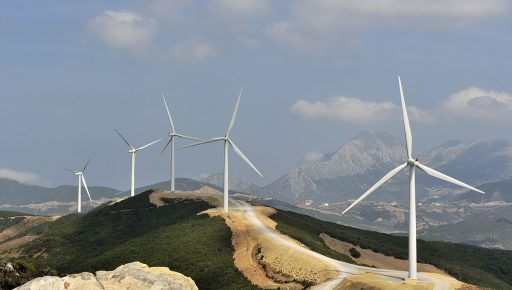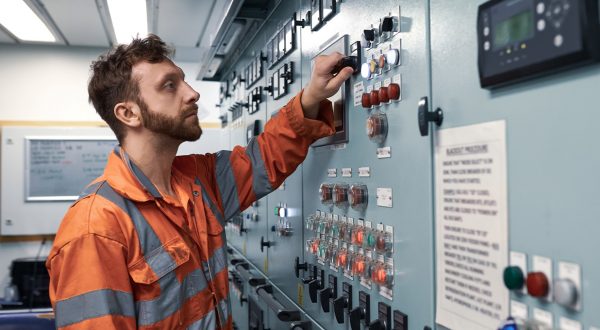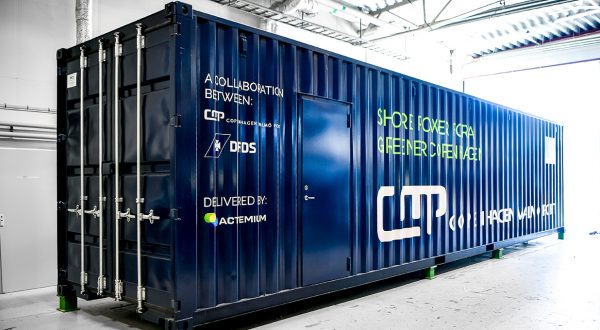
© VINCI Energies
Global electricity demand will double over the next 25 years. The task facing market players today is to show what monetary value can be offered by energy consumption management.
More flexible, more proactive in maintaining a balance between production and consumption… Electricity networks, too, are getting smarter. And with good reason: “Whatever type of primary energy is used to generate electricity, worldwide demand will double within 25 years and the demand for operator services will become increasingly global,” points out Olivier Monié, Director of the VINCI Energies group’s Omexom brand.
Although offerings are set to become increasingly global, the development of as-a- service models in the energy sector, and particularly in the electricity sector, faces three obstacles: the abundance of players across the value chain – from production through to delivery point; regulatory burdens; and the impact of monopoly positions.
Demand for energy-efficiency products could generate €65-€80 billion per year through as-a-service schemes
Putting together as-a- service offerings isn’t impossible, but the focus will be on building segments of services within a highly fragmented ecosystem (producers, network operators and managers, energy suppliers, large electricity equipment manufacturers, power-intensive manufacturers, aggregators).
That said, the as-a- service energy market does exist. Indeed, it’s essential from an energy efficiency standpoint. According to a study by Accenture Strategy and CDP (Carbon Disclosure Project) published at the end of 2015 , demand for energy-efficiency products could generate €65-€80 billion per year through as-a- service schemes. Electricity operators would offset losses from a reduction in demand by capturing a share of this growing energy-management products and services market.
One of the possibilities that has been examined most extensively is demand side response (DSR). The idea is to optimise infrastructure by financially incentivising consumers who agree not to use electricity at peak times, thus providing a solution to the ever-growing peaks in electricity consumption (which have grown by approximately 30% in 10 years). VINCI Energies has acquired Smart Grid Energy, provider of energy asset optimisation and utilisation services for industry and local authorities.
In the US, original solutions are emerging in this niche, like MeterHero, a Californian start-up established in 2014, which “resells” the savings generated by consumers to organisations engaged in sustainable development.
New service activities
If the demand side response (DSR) concept is to expand, its proponents will need to show what monetary value can be derived from reducing consumption. Omexom monitors regulations and technology in this area, with the aim of staking out a position as a benchmark facilitator in the development of DSR.
“This requires control and instrumentation systems that check and ensure the configurations needed for DSR in the relevant consumers’ homes. There are an increasing number of businesses who believe that energy efficiency, in particular, will drive the emergence of new service activities. We want to support them in this” explains Olivier Monié.
12/10/2016


